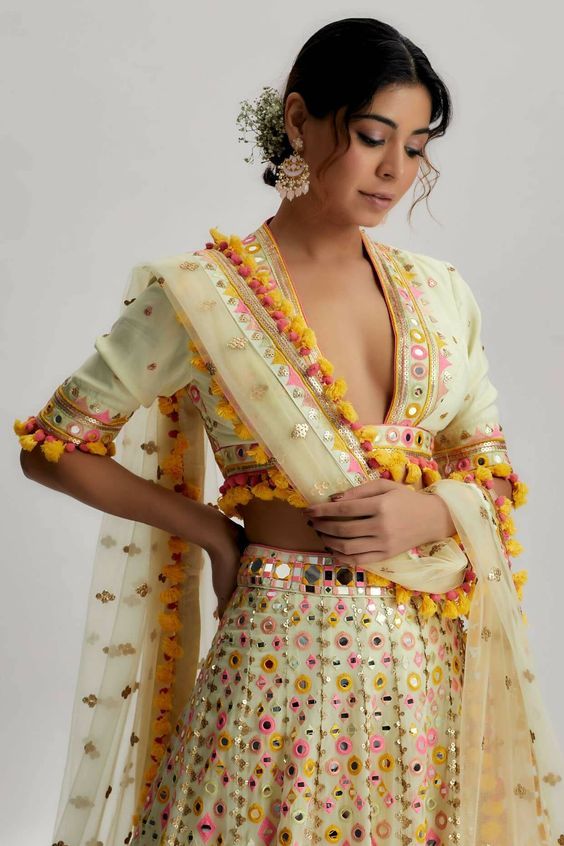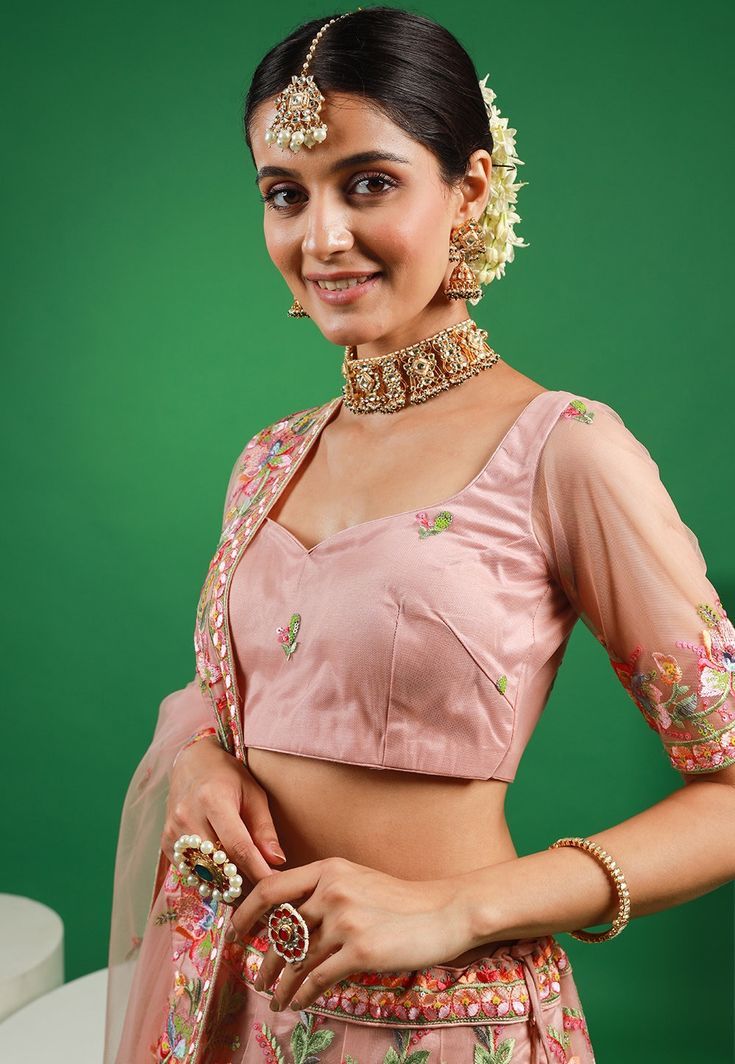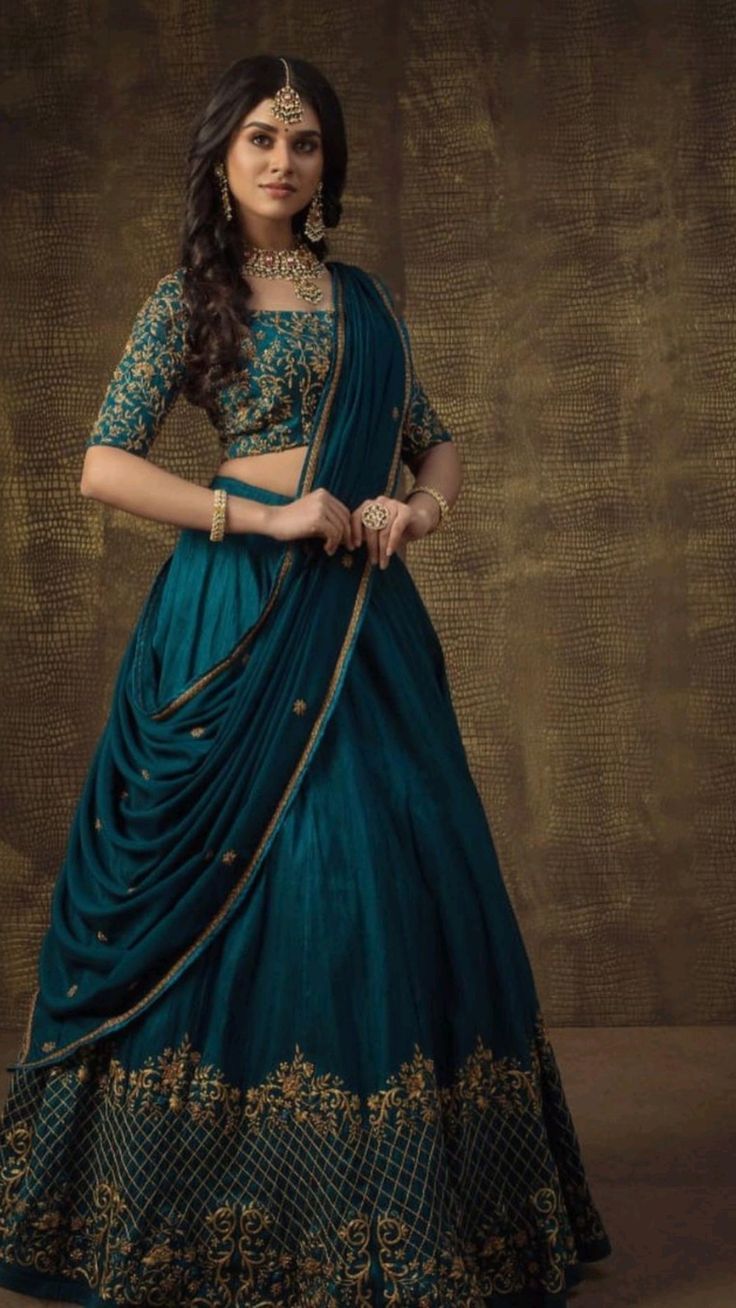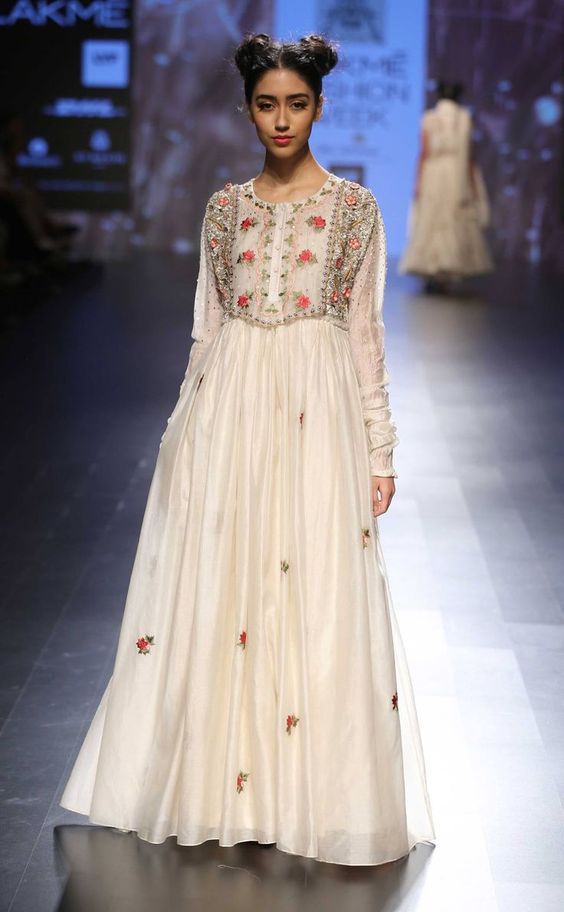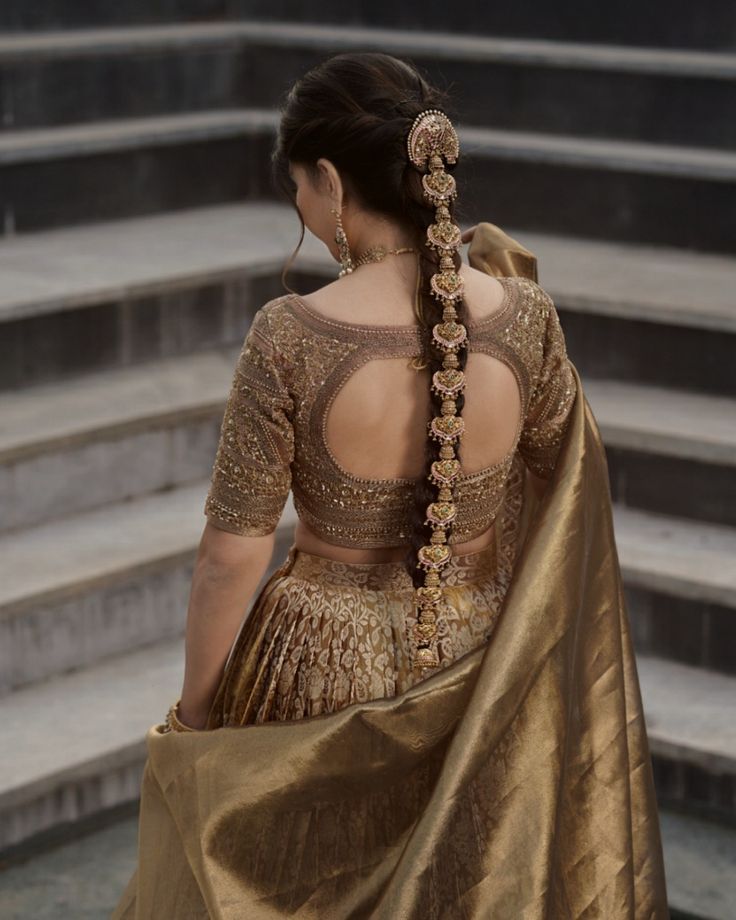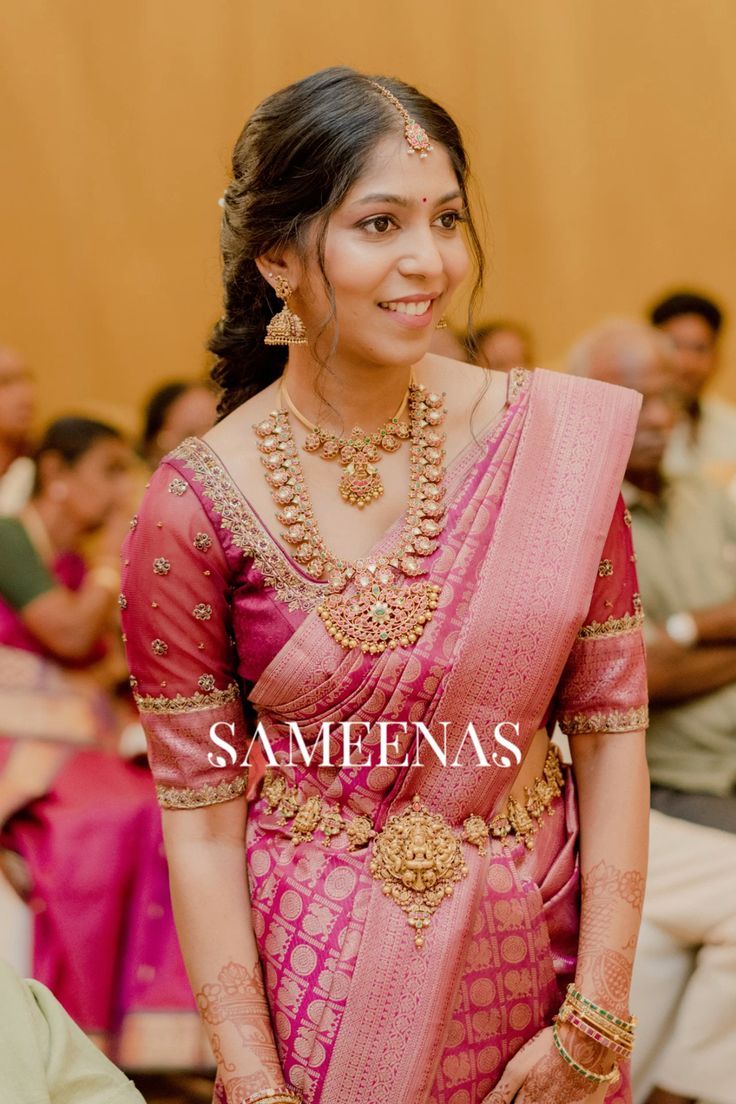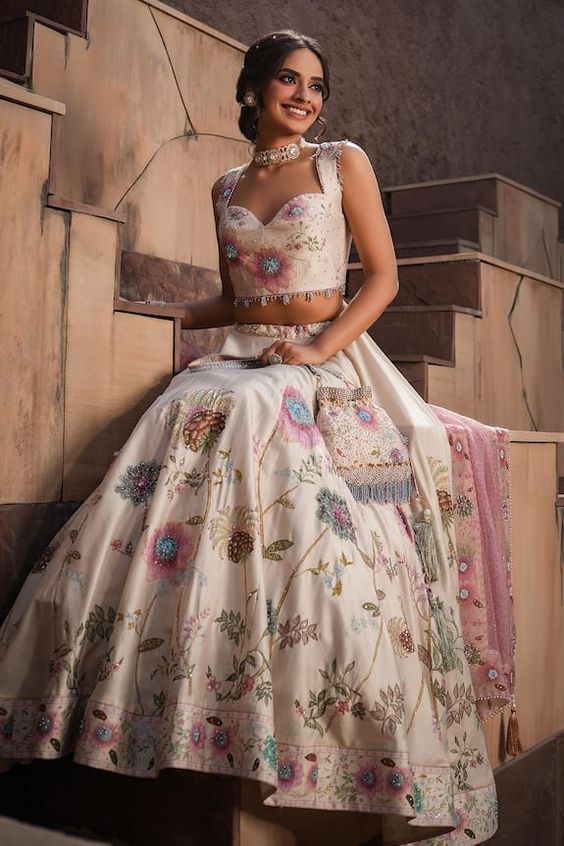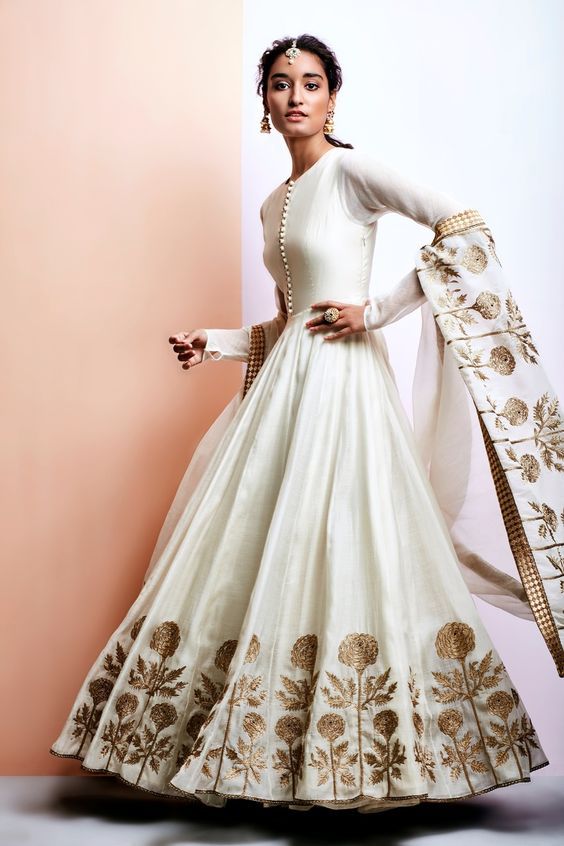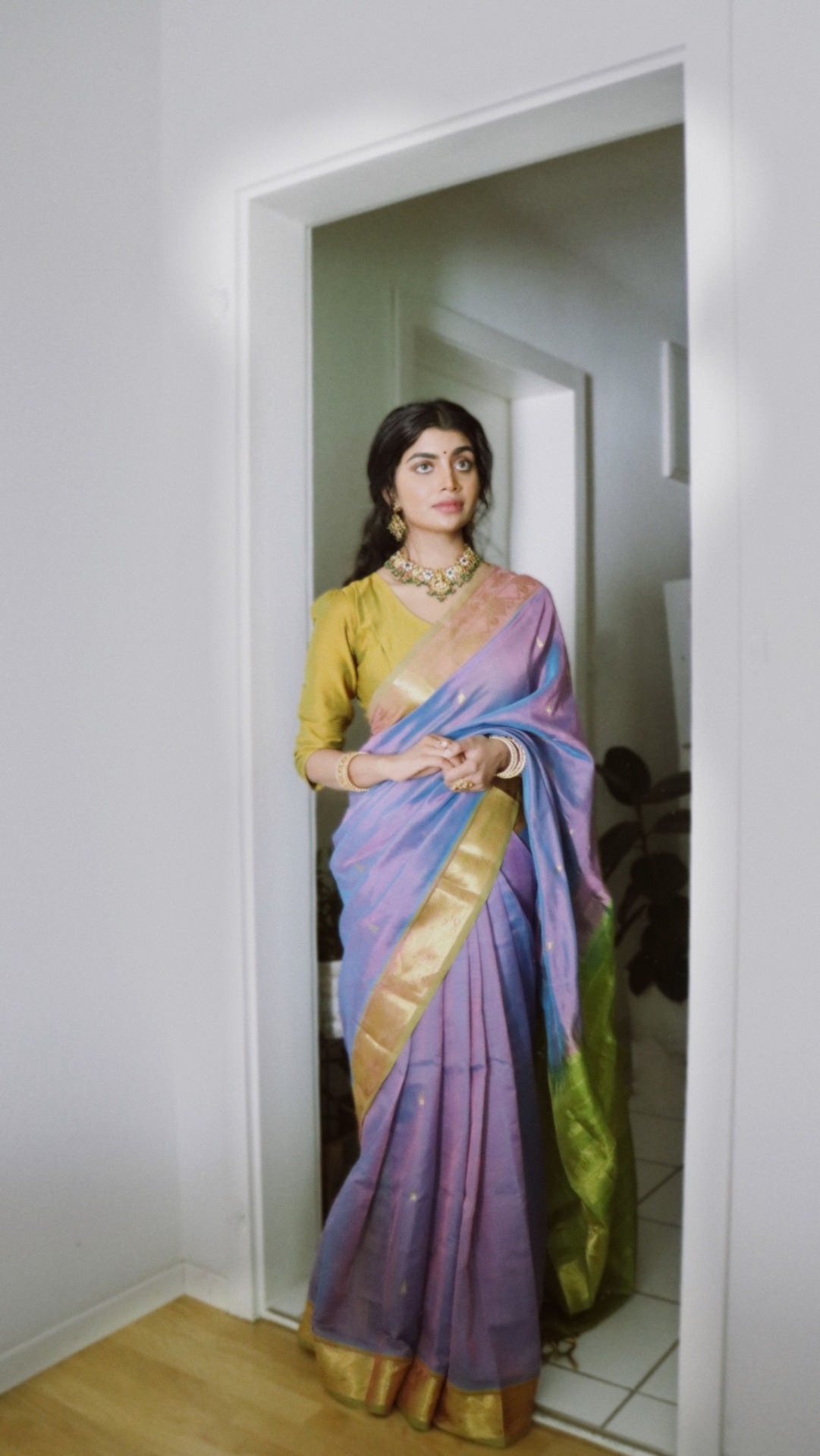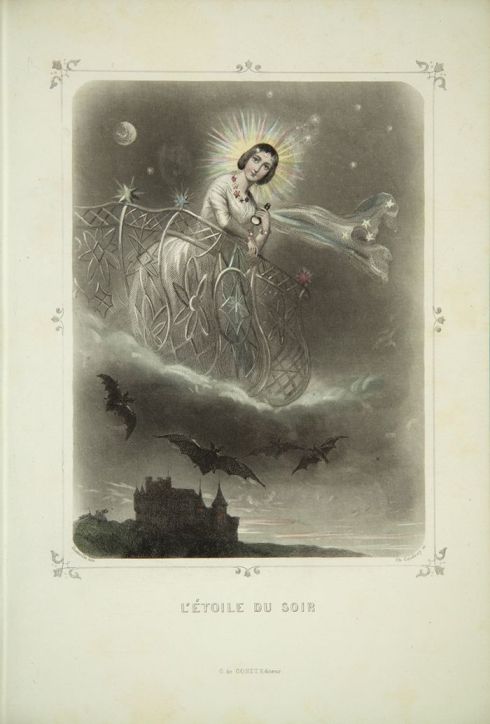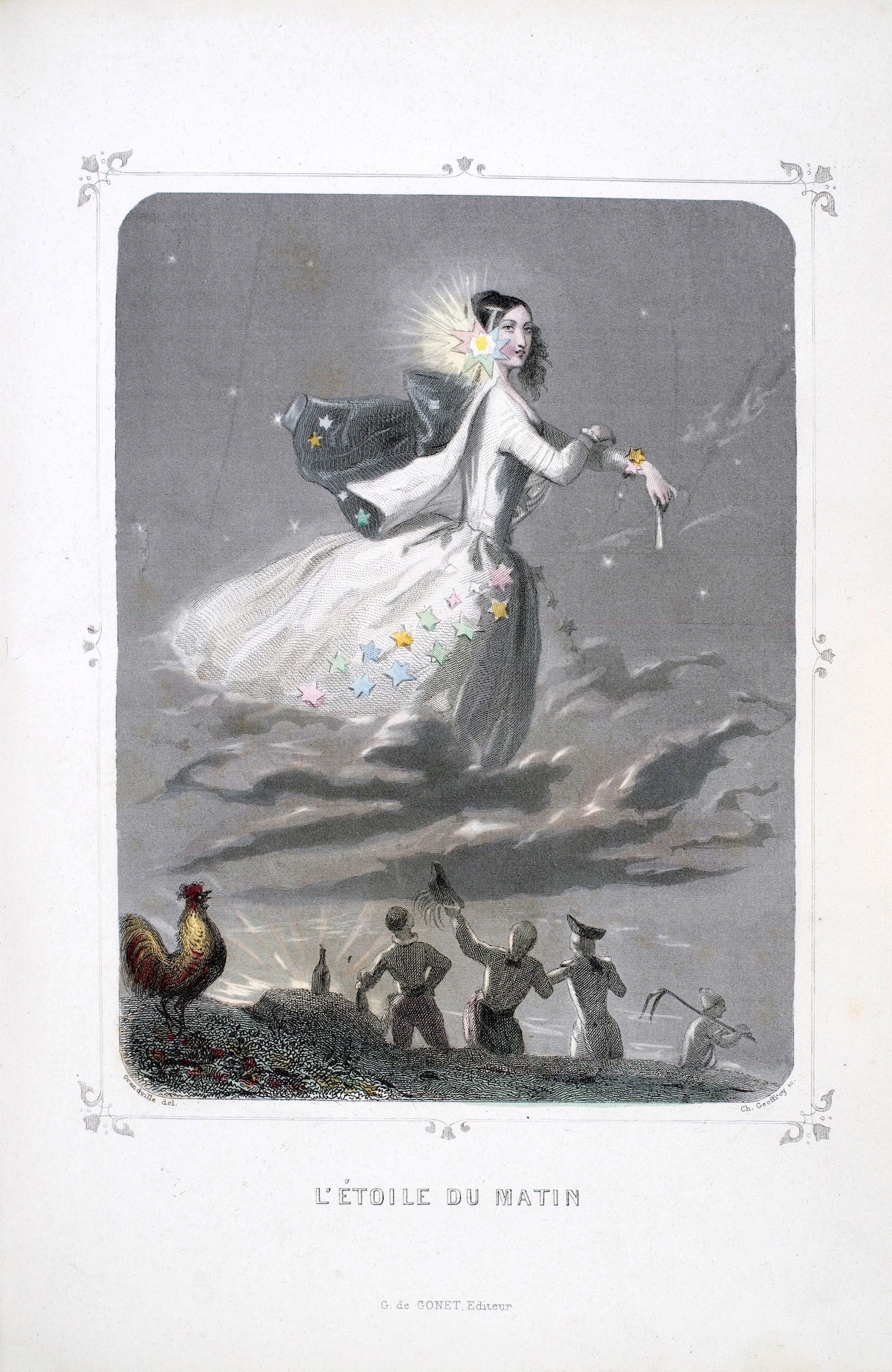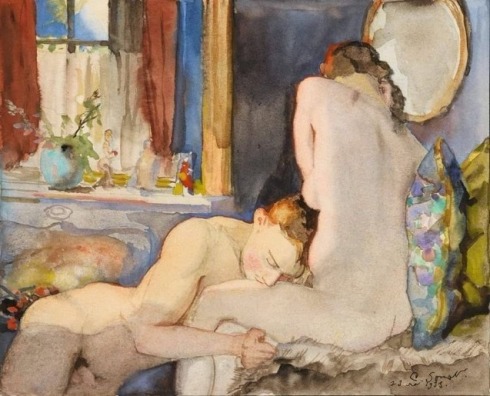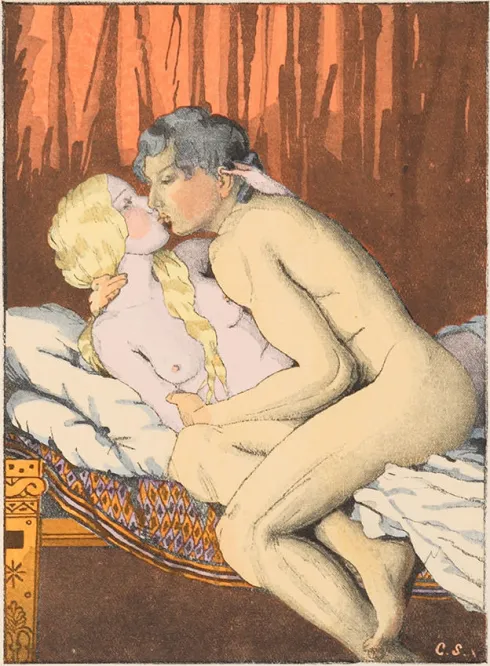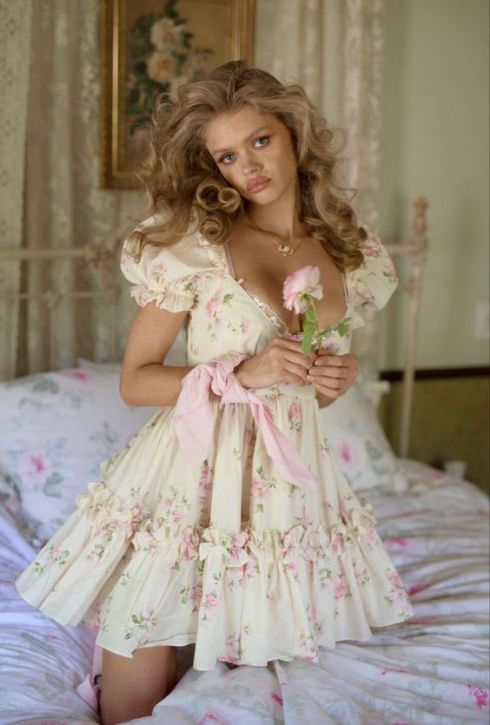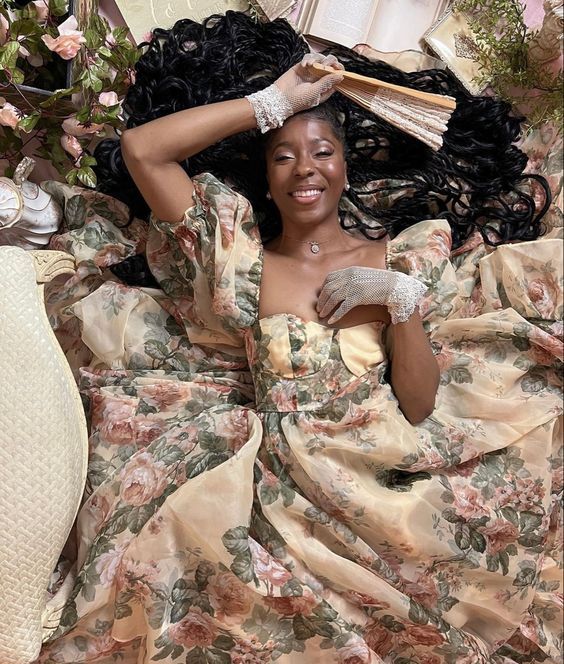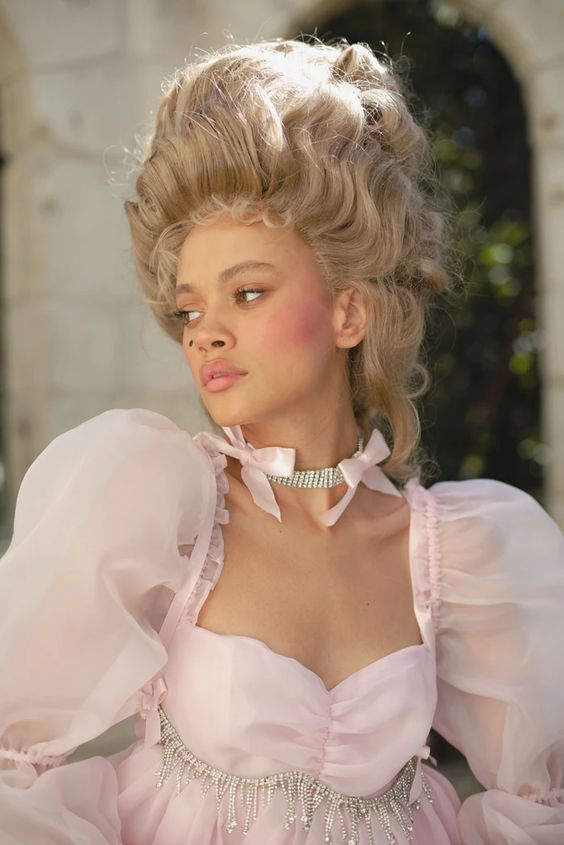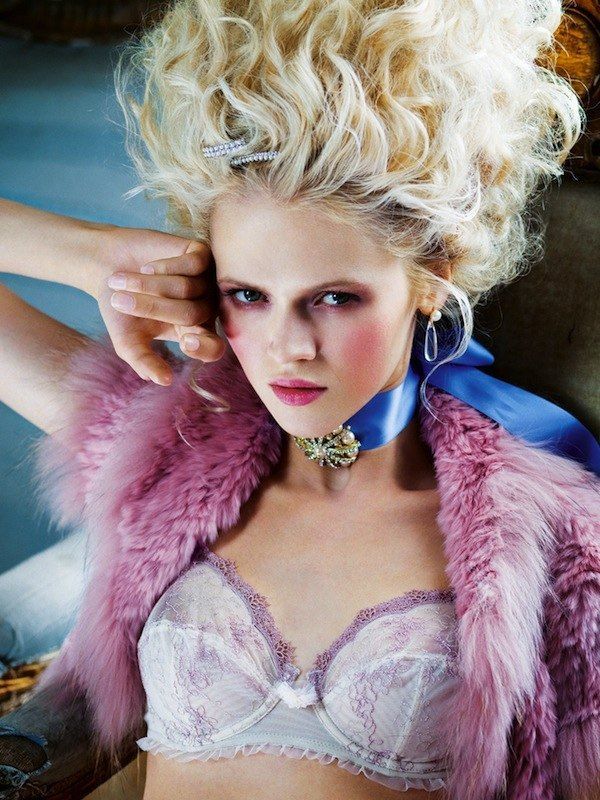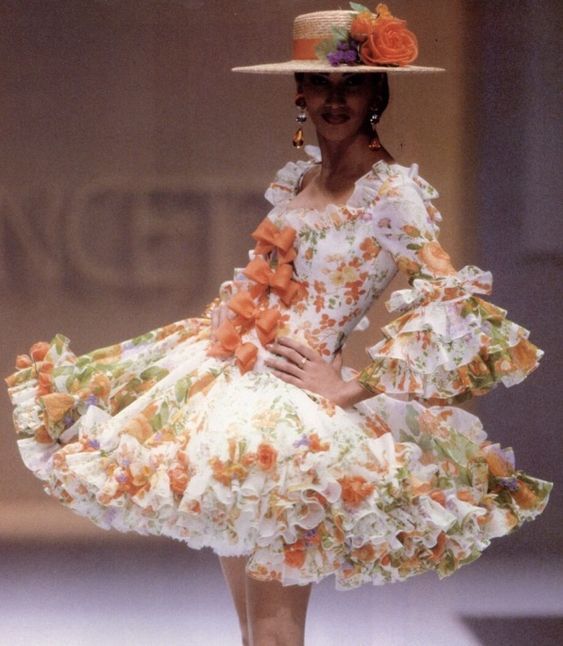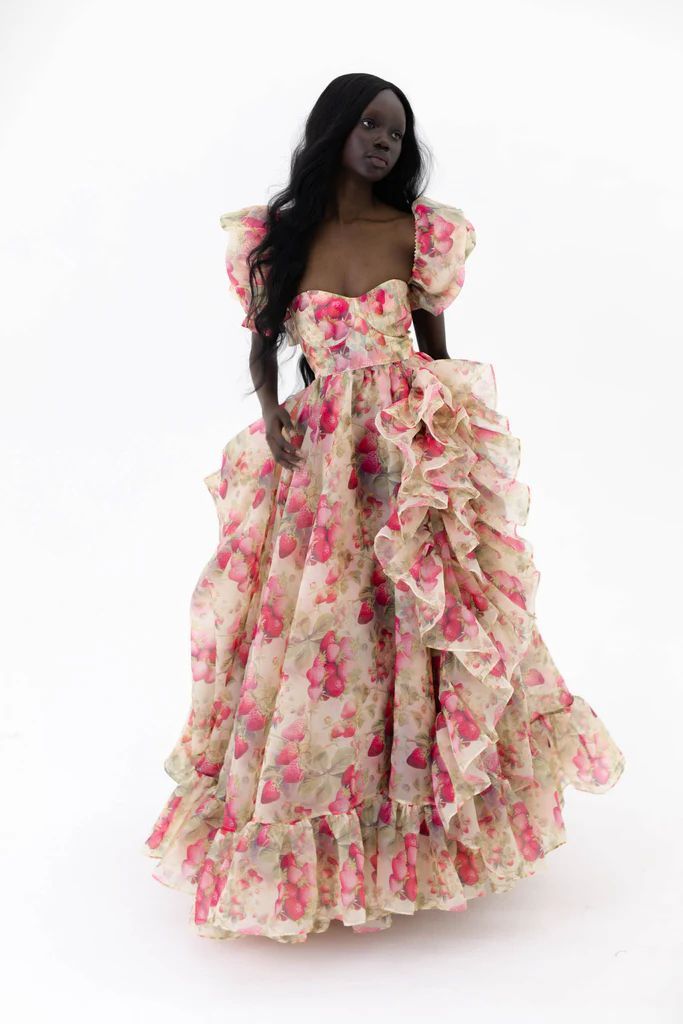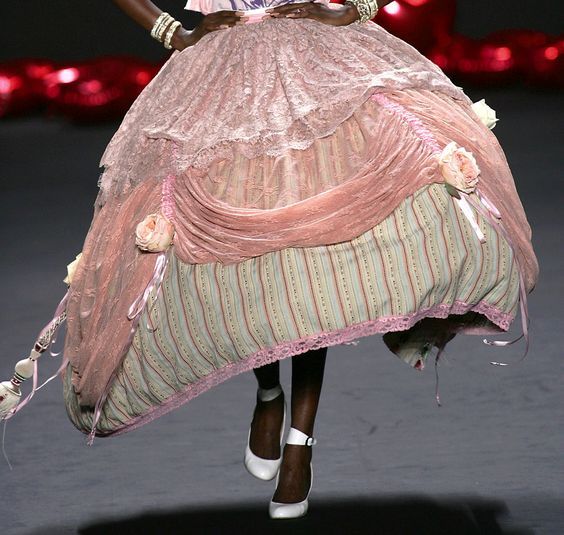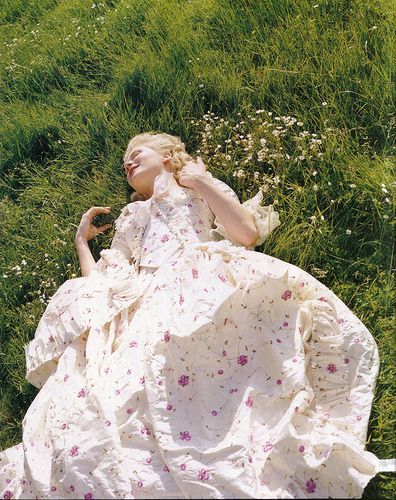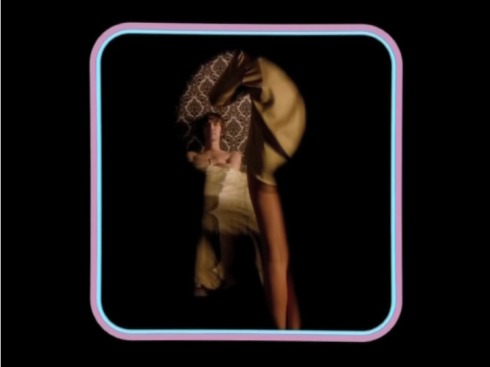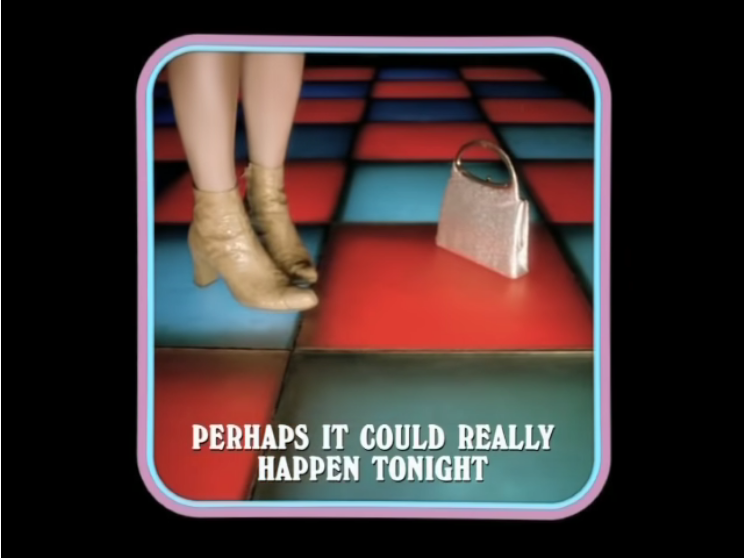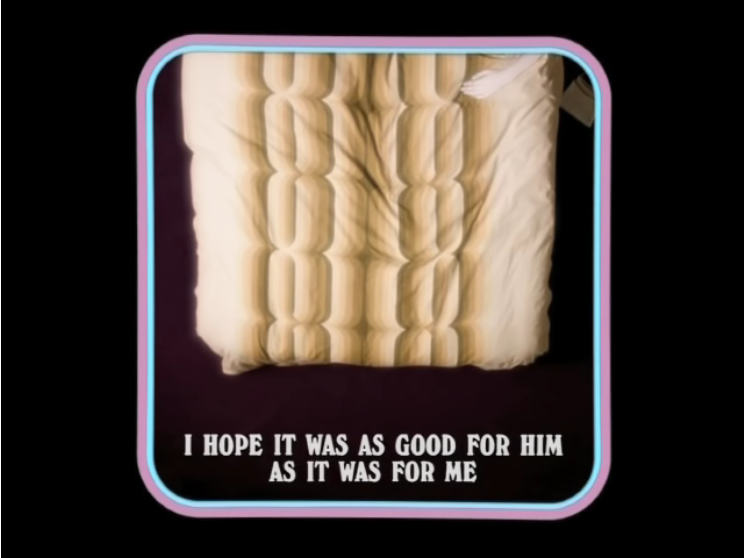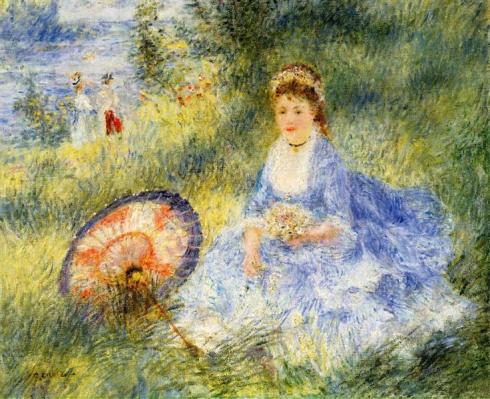“To flower, the rose displayed her buds at morn,
And to grow old and wither, did she flower;
One is her cradle and her grave forlorn.
So men behold brief fortune’s earthly dower,
To die upon the day when they were born,
For the past ages are but as an hour.”
(Pedro Calderon de la Barca called “These flowers, whose pomp“)
 Tomás Mondragón, Allegory of Death (Alegoría de la Muerte), 1856
Tomás Mondragón, Allegory of Death (Alegoría de la Muerte), 1856
Paintings such as this one, “Allegory of Death” by Tomás Mondragón have a special place in my heart; a place I keep locked at most times, but I hear the sounds from the drawer; the bones dancing like the bones of Rebecca’s parents in García Márquez’s novel “One Hundred Years of Solitude”. This is what the Spanish Baroque poets were writing about and the painters of the time painted, “in ictu oculi”, in a blink of an eye a life passes, in the same petals the rose has its cradle and its grave, once born we are already sailing on the river of death, everyone we love will be dead and we too will be dead, and we will either rot in the grave or our ashes the wind will scatter. This is the horrifying truth, and yet we are alive now and must live! What a strange contradiction. The death follows us like a shadow with a sand clock and each particle of sand is slowly slipping away, never to return. In no other poetry or paintings have I found a more disturbing or a more relatable vision of death as I have in Spanish Baroque poetry and art, and in Mexican art such as the one above. Often times the fragility of life is symbolically presented in the motifs of flowers or beautiful women because in these motifs the contrast between their vibrant, alive state and death is the most obvious and the most tragical. Tomás Mondragón’s painting is split into two parts; the left side shows a young, beautifully dressed woman standing by her vanity table and the right side shows her skeleton with a background of a graveyard where the crosses stand out like curses and even a tree has bare branches. The present and the future. The most beautiful rose will lose its fragrance and wither, and the most fashionable lady who spends her days at her vanity table and gazing in the mirror will be food for worms. Above the woman are clouds and a hand reaches out from the sky and cuts the thread; the invisible hand of God that decided everything. And we never know when the thread will be cut. There are even the warning words written in the lower right corner which translated as “This is the mirror that you cannot trick.” No perfume can cover the stench of death, no blush make the bones look pretty. Pulvis et umbra sumus; we are dust and shadows, as Horace wrote in his Odes (IV 7).

18th century illustration.

An 18th century illustration.


Frágil Como o Mundo (a.k.a. Fragile As The World) (Rita Azevedo Gomes, 2002)





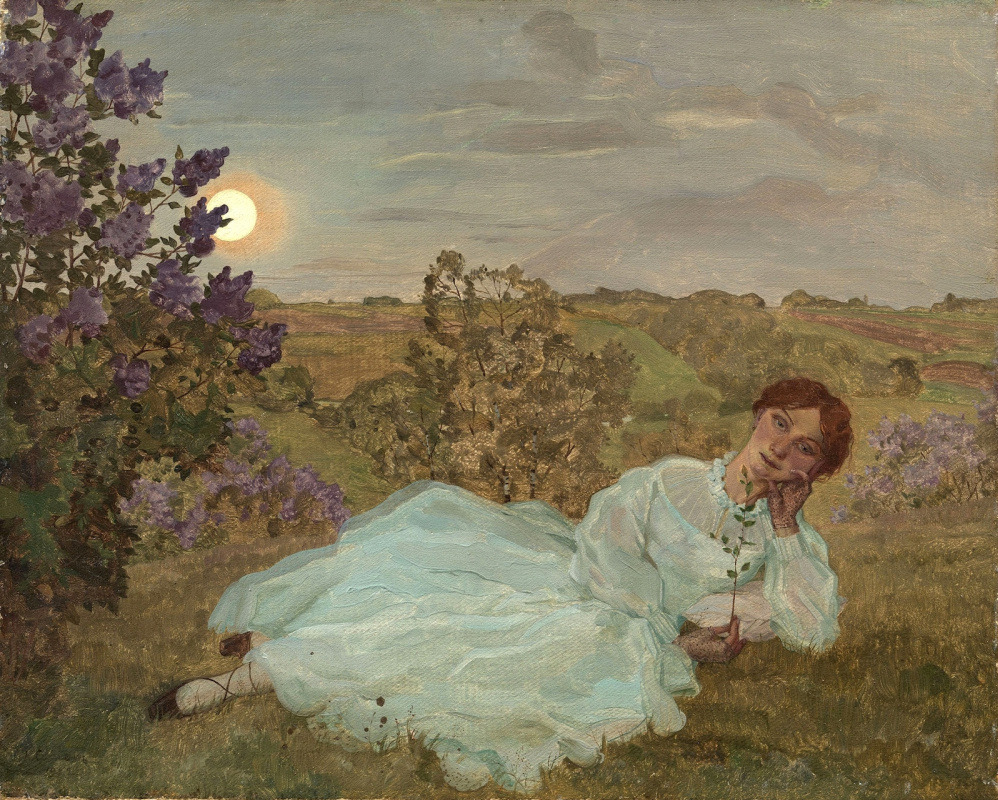






 Picture found
Picture found 


























































